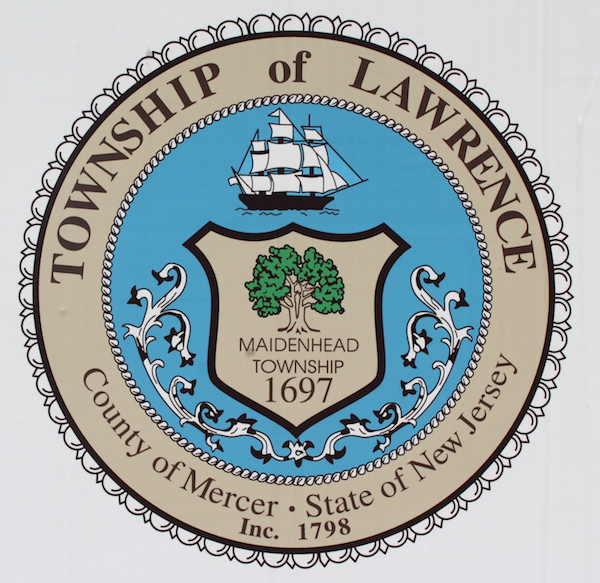The 60th annual Colonel Edward Hand Historic March re-enactment, complete with a musket firing and a two-mile walk to the Shabakunk Creek at Notre Dame High School, will kick off at 10 a.m. Jan. 8 at the Lawrence Township Municipal Building.
Before the marchers begin their trek, attendees will be treated to a short talk by Noah Lewis, who is a historical reenactor. He portrays Ned Hector, a free Black man who served with Col. Thomas Proctor’s 3rd Pennsylvania Artillery during the Revolutionary War.
Hector was a teamster, which means he drove a wagon led by a team of horses. The wagon transported gunpowder and ammunition. He was also a bombardier, which meant he served in one of three positions at the rear of the cannon.
The marchers will begin their walk to the banks of the Shabakunk Creek, following Lewis’ talk. Once they arrive at the creek, they will watch as a real cannon is fired.
Then, they will be treated to light refreshments served outside at the Lawrence Nature Center at 481 Drexel Ave., near Notre Dame High School.
The Col. Hand Historic March is a re-enactment of the American patriots’ delaying tactics before the Second Battle of Trenton on Jan. 2, 1777.
The event was created by the late Robert Immordino, who was the official Lawrence Township historian.
Hand and his band of Pennsylvania riflemen delayed the advance of British and Hessian troops on their way from Princeton to re-take Trenton from the Americans during the afternoon of Jan. 2, 1777.
The series of events that led to the Second Battle of Trenton and Hand’s delaying tactics can be traced to the series of defeats suffered by Gen. George Washington and his troops between August and November 1776. The American rebels retreated to Pennsylvania.
On Christmas Day 1776, Washington and 2,400 soldiers crossed the Delaware River from Pennsylvania and marched to Trenton, where they routed the Hessian troops in the First Battle of Trenton. They crossed the Delaware River back to Pennsylvania after the battle.
Several days after the famous battle, Washington and his troops crossed the Delaware River again and stopped in Trenton. The British and Hessian troops were sent to Trenton to retake the small town from the Americans on Jan. 2, 1777.
Hand and the 1st Pennsylvania Rifle Regiment were dispatched to slow down the British and Hessian troops as they marched from Princeton to Trenton.
The Americans engaged the British in several small skirmishes as they passed through Maidenhead, as Lawrence Township was originally known.
Despite the delaying tactics of Hand and his soldiers, the British and Hessian troops reached Trenton at dusk on Jan. 2, 1777, and engaged Washington and his soldiers in the Second Battle of Trenton.
The Americans retreated across a bridge over the Assunpink Creek. Their British and Hessian pursuers tried three times to cross the bridge, but they were turned back each time.
The British were going to continue the fight the next day. But during the night and into the morning of Jan. 3, 1777, Washington led his troops around the British and Hessian encampment, and followed a back road to Princeton.
The American troops surprised the British troops stationed there in what became known as the Battle of Princeton – and a turning point in the American Revolutionary War.

